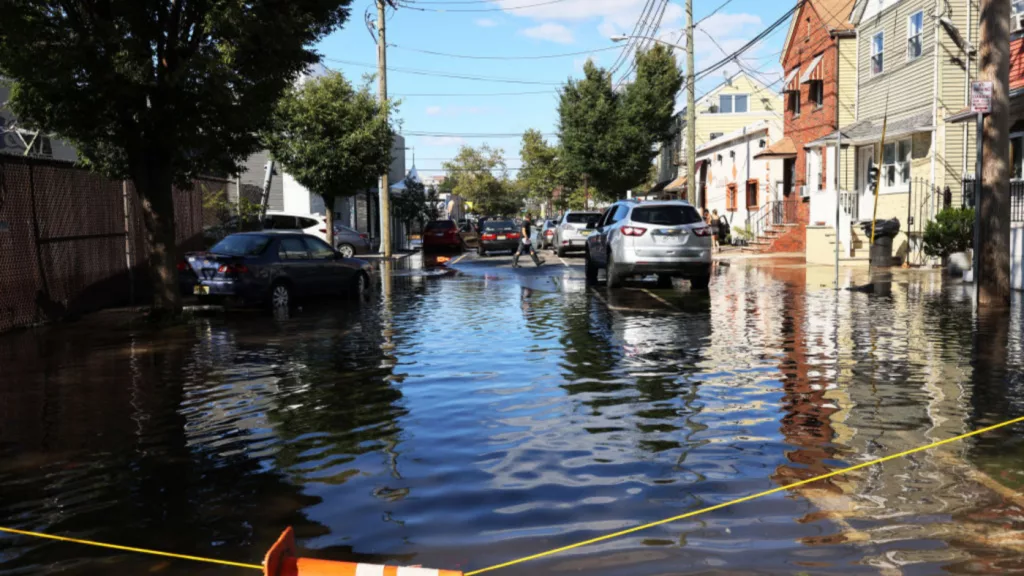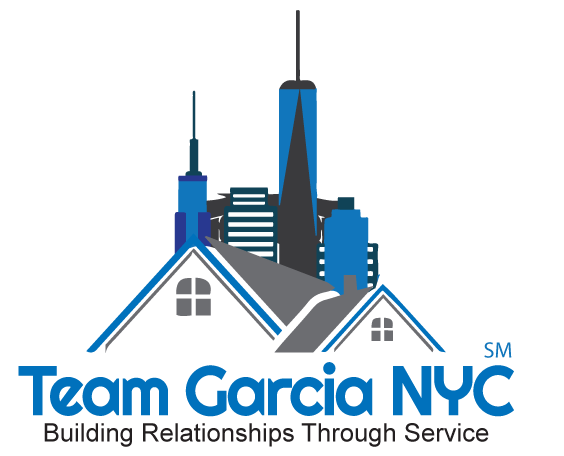Flash floods in New York and New Jersey in the aftermath of Hurricane Ida could delay or derail as many as 47,000 pending real estate transactions valued at more than $19.4B

Devastating flash floods in New York and New Jersey in the aftermath of Hurricane Ida could delay or derail as many as 47,000 pending real estate transactions valued at more than $19.4 billion in those states alone, according to an analysis by ClosingCorp.
ClosingCorp.’s analysis looked at mortgage applications currently being processed by more than 200 lenders in 35 counties in New York and New Jersey that had been expected to close by the end of the year.
New Jersey was hit harder than New York, with 30,462 transactions worth $10.7 billion in jeopardy. There were 17,019 transactions worth $8.7 billion at risk in New York, ClosingCorp said.
At the county level, Suffolk County, New York has the most transactions at risk, totaling $1.4 billion, followed by Kings County (Brooklyn), ($1.3 billion) and Bergen County, New Jersey ($1.3 billion).
In federal disaster areas, lenders will typically hold off on funding loans until appraisal re-inspections have been performed. If storm damage reduces a home’s valuation, that can prevent a sale from closing at the agreed-upon price.
The Federal Emergency Management Agency (FEMA) has declared all of New Jersey and about a dozen counties in Southeastern New York federal disaster areas, qualifying residents to apply for assistance.
CoreLogic’s analysis may represent only the tip of the iceberg, however, as FEMA has also declared disaster areas in parts of Mississippi and all of Louisiana, where Hurricane Ida made landfall, and in several other states hit by flash floods and wildfires this summer.
FEMA has issued disaster declarations for parts of North Dakota, Missouri, and Tennessee that was hit by severe summer storms and flash floods that preceded Ida.
Disaster areas have also been declared in parts of California that have been devastated by wildfires.
Homeowners in disaster areas may qualify for mortgage relief, particularly if their loans are backed by the government. Fannie Mae advises homeowners in need to request mortgage assistance by contacting their mortgage servicer following a disaster.
Mortgage servicers can provide forbearance for up to 90 days to homeowners they believe were affected, without contacting them. Homeowners in disaster areas may be able to reduce or suspend their mortgage payments for up to 12 months without incurring late fees or risking foreclosure. A Disaster Payment Deferral plan can help homeowners catch up on missed payments.
The wave of disaster declarations hits just as new risk ratings for the National Flood Insurance Program are scheduled to take effect on Oct. 1. Many homeowners hit by recent flooding may be uninsured. A recent report from the U.S. Government Accountability Office noted that floodplain maps maintained by FEMA may not reflect current flood hazards or the potential for flooding from heavy rainfall.
Source: inman
